As a cool, grey dawn broke over northern Ethiopia on June 24, 2021, an Ethiopian Airlines De Havilland Dash 8-402Q with registration ET-ANK landed at Lalibela Airport. There, it unloaded its cargo – a unit of Ethiopian paratroopers – and took off, returning to its regularly scheduled service. For their part, the soldiers were thrust into the heart of a conflict pitting Ethiopia’s northern Tigray region against the country’s federal military forces.
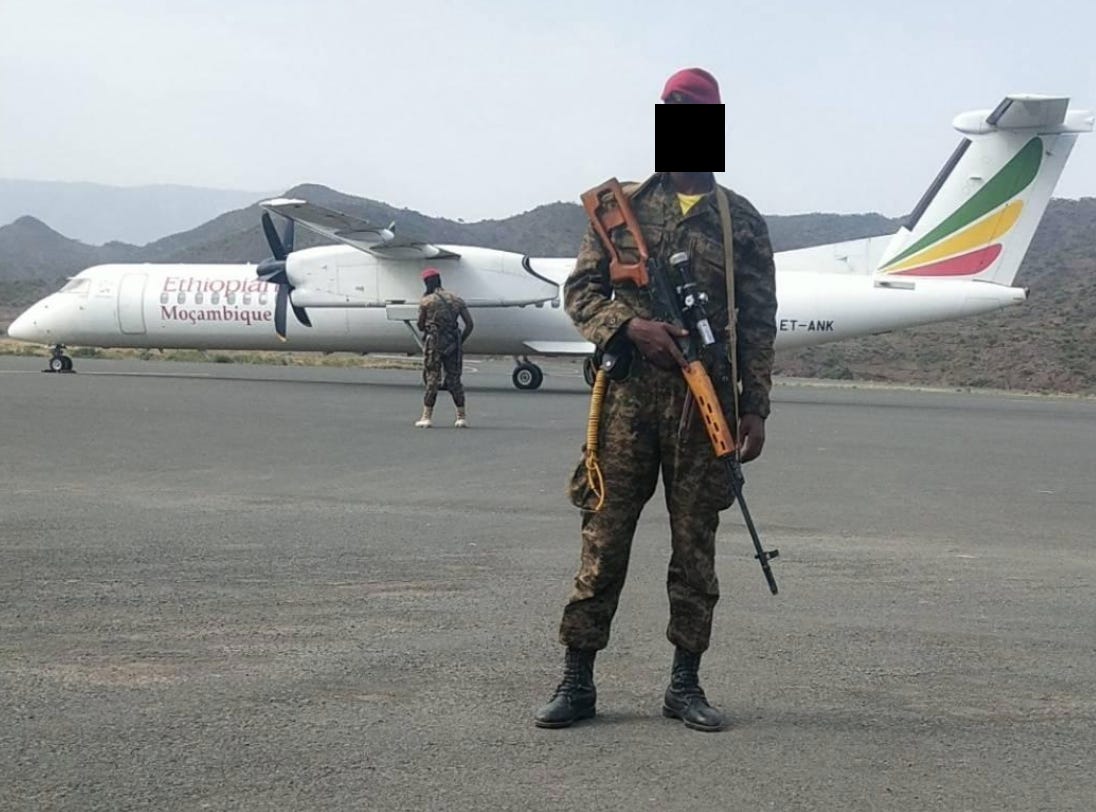
Lalibela was a natural destination for the Ethiopian Airlines flight. It lies only 20 miles from the Tigray region and, until recently1, has been relatively unaffected by the conflict. The aircraft could land on the town’s long, smooth runway, and return to Addis Ababa safely, while letting the soldiers it carried begin the dirty work of fighting the Tigrayan rebels.
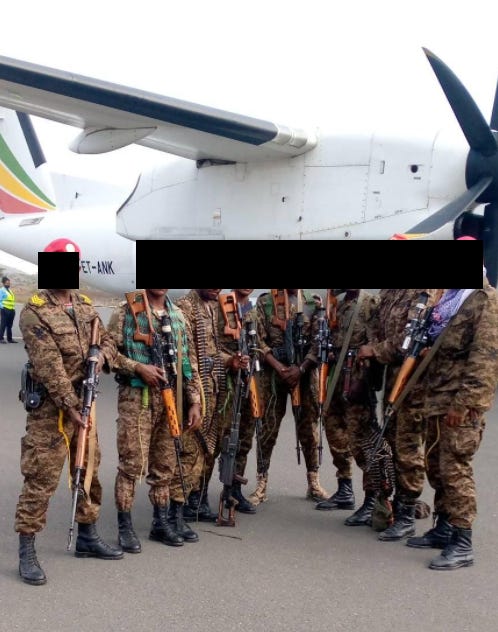
An exhaustive review of Ethiopian soldiers’ public2 Facebook and TikTok pages reveals that this was not a one-off flight. Ethiopian Airlines has been central to the movement of Ethiopian soldiers to locations both close to and within the conflict zone. Over 30 separate posts3 show Ethiopian soldiers in and near Ethiopian Airlines aircraft between mid-November 2020 and early July 2021.
A different Ethiopian Airlines troop transport flight on the same day as the Lalibela flight garnered quite a bit of attention online, and even prompted a response from the airline, who vehemently denied that their aircraft were used to transport “war armament”4. The veracity of that statement hinges on the definition of “war armament”. Was the airline dropping supplies, weapons, or ammunition to embattled soldiers as clashes were raging? No, certainly not. But Ethiopian Airlines has undoubtedly sent thousands of soldiers to locations in and near the fighting in the Tigray region.
To be sure, this is not an uncommon practice for countries’ national carriers. British Airways founded the Air Transport Auxiliary to ferry pilots and aircraft to “front line squadrons” during the Second World War. Delta Airlines supplied three aircraft to the US military to move troops after the invasion of Iraq. The US even has the Civil Reserve Air Fleet, in which a few dozen airlines comprising over 500 commercial aircraft can be mobilized to support the Department of Defense’s transportation efforts in wartime.
Nonetheless, Ethiopian Airlines’ participation in the Tigray conflict raises questions about the airline’s impartiality and civilian status, especially given the degree to which the airline is involved in the conflict.
Analysis shows that at least ten different aircraft (with registrations ET-ANV, ET-ANK, ET-ALM, ET-ASA, ET-AOA, ET-AQP, ET-AUQ, ET-APM, ET-ARM, and ET-ALO) were involved in these airlift operations. The aircraft models ran the gamut from smaller Dash 8s (like the one at Lalibela Airport) to hefty Boeing 737-800s.
The aircraft were seen at five different airports: Gondar Airport, Bole International Airport, Awassa Airport, Mekelle Airport, and Lalibela Airport. And that’s not even counting the soldiers at an unidentified airport who said they were on a “journey to Mekelle” – the capital of the Tigray region and the scene of some of the conflict’s heaviest fighting. The airline may also have flown troops to more locations, as pictures of soldiers inside Ethiopian Airlines planes were virtually impossible to geolocate.
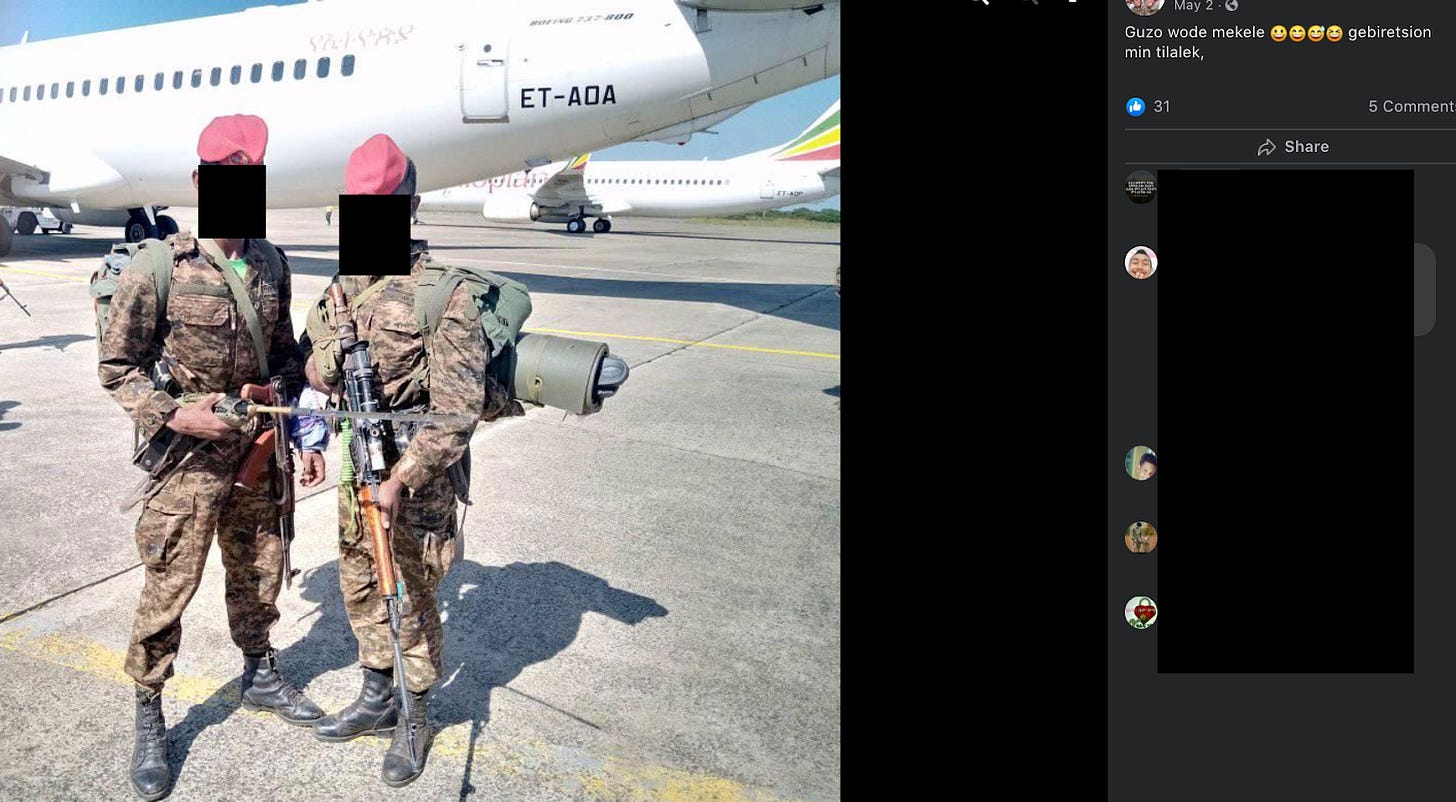

Soldiers posted about taking Ethiopian Airlines flights every month since the conflict began. However, there was a notable uptick in posts in both November 2020 and June 2021. The November increase correlates with the beginning of the war, when the Ethiopian federal government needed to reinforce its remaining troops in the Tigray region – and fast. The June uptick is less clear, although it could correspond to soldiers being sent to cover the withdrawal of Ethiopian forces from Mekelle in late June.
Occasionally, flight spotters also noticed unusual “convoys” of Ethiopian Airlines aircraft all departing from or arriving at Ethiopian airports at once. While photographic evidence has not yet emerged of soldiers boarding these planes, it’s possible that these flights were also connected with the conflict in some way, especially considering the dual civil/military purpose of several of the airports these aircraft fly to. If these flights do carry soldiers, then the number of aircraft, magnitude of the airlift, and overall involvement of Ethiopian Airlines in the Tigray conflict is exponentially larger than the 30+ instances documented on Facebook and TikTok.
But who did these Ethiopian Airlines flights actually transport? Facebook sources show that while the Ethiopian National Defense Force rank-and-file traveled to the conflict zone by bus or truck, the country’s special forces flew. In fact, nearly all of the soldiers seen in the airline’s aircraft were members of one of three elite specialties in Ethiopia’s military: Republican Guards, paratroopers, or the feared Agazi Commando Division. Moreover, these soldiers were not pencil pushers or administrators for the special forces – they were front-line troops who often posted about being involved in the fighting, or, as in this man’s case, going on active parachute jumps:

While it was difficult to identify specific units from open-source information, these soldiers made their broader affiliation with the special forces clear. They would often post shirts, hats, badges, and other paraphernalia that displayed the names of their units on social media. From time to time, they would also plainly say they worked at a particular special forces division in their Facebook Intro section.
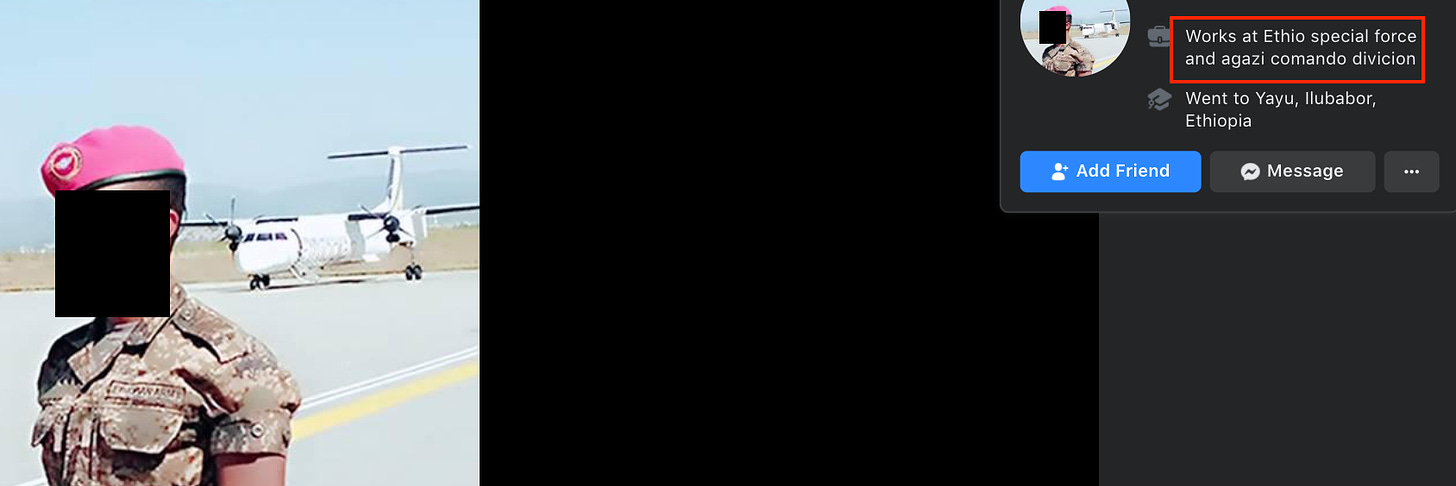
It seems that jet setting around northern Ethiopia was a perk reserved for the country’s elite forces, while enlistees had to make do with crowded buses and trucks.
To tie together all these disparate threads – aircraft, airports, soldiers, units, and so on – let’s examine a case study.
On November 1, 2020, an Ethiopian special forces soldier posted a picture of himself squatting on an airstrip in front of a large air force transport aircraft being loaded or unloaded.
Geolocation of the photo, taken just before the Tigray conflict began, reveals it to be at Awassa Airport, near the site of an Ethiopian military base. In fact, a Sentinel-2 satellite image of the airport taken two days before, on October 30, shows the transport aircraft in the same location on the tarmac.

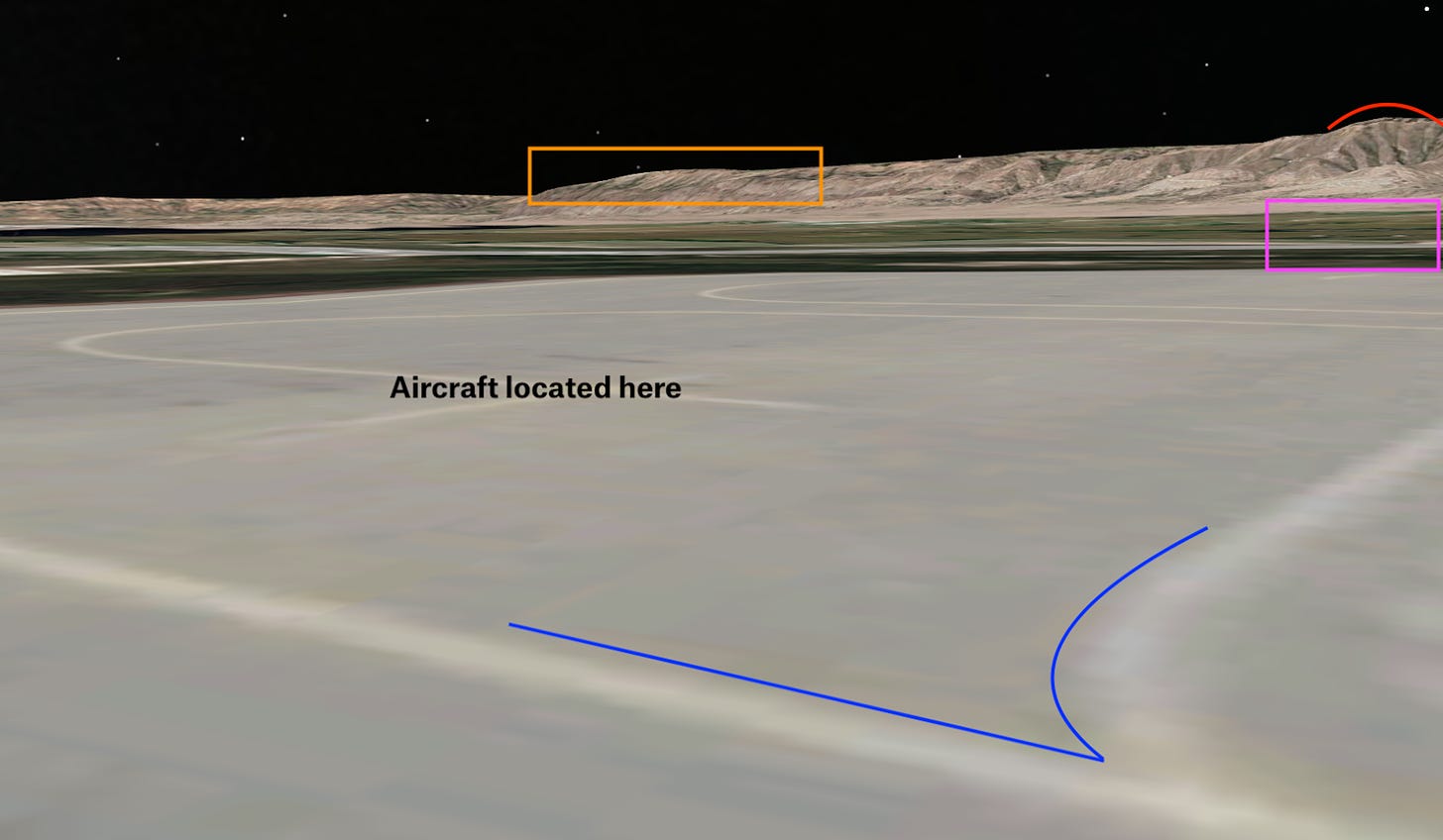
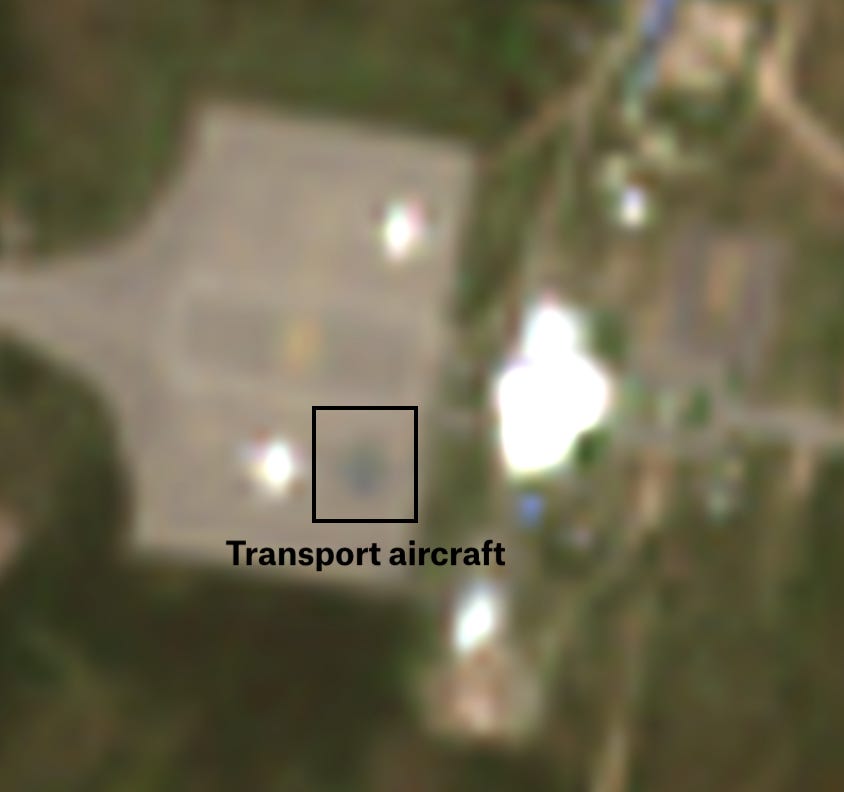
The Ethiopian special forces’ preparations prior to the outbreak of the Tigray conflict on November 4 may also suggest that the government was not as caught off guard by the Tigray surprise attack that purportedly began the war as they claimed to have been.
Next, the same special forces soldier and a different soldier, possibly from the Agazi Commando Division, posted photos on November 13 and 19 of troops getting off an Ethiopian Airlines aircraft with registration ET-APM.
This time, the geolocation is far more interesting. Awassa, the site of the first picture, is located in southern Ethiopia, hundreds of miles away from the war. The next pair of pictures was taken at Gondar Airport, located less than 60 miles from the Tigray region and on a strategic highway leading straight to the heart of the fighting.
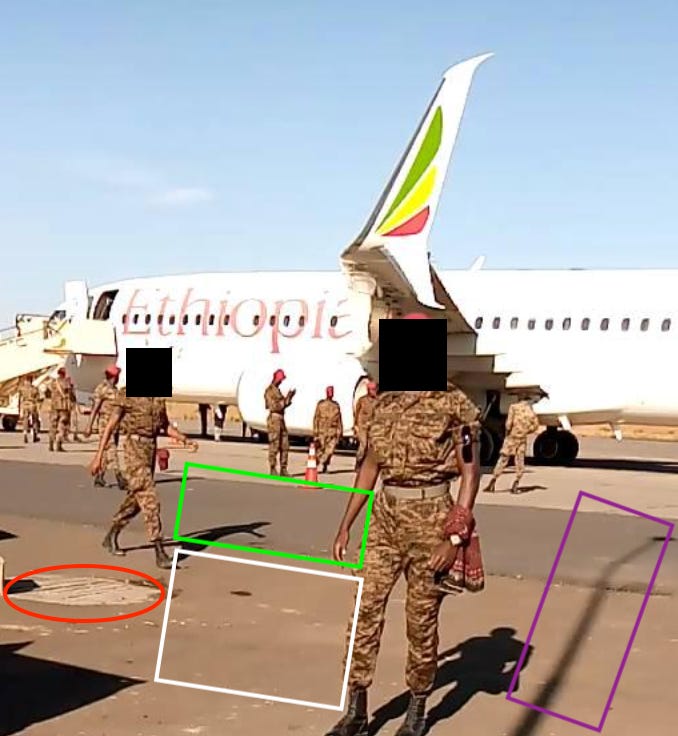
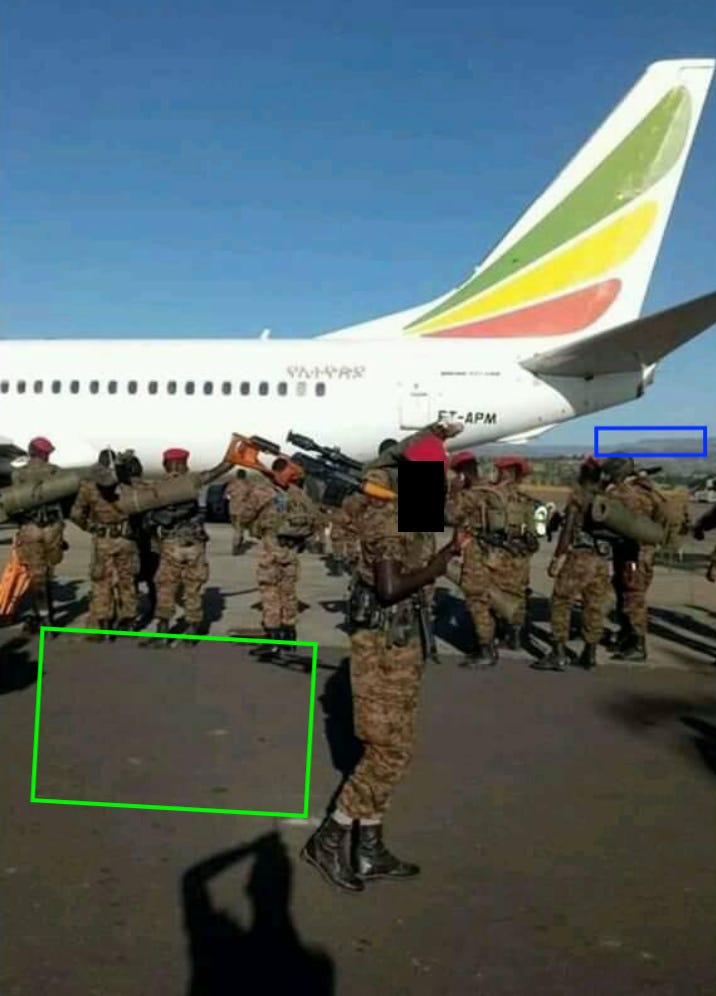
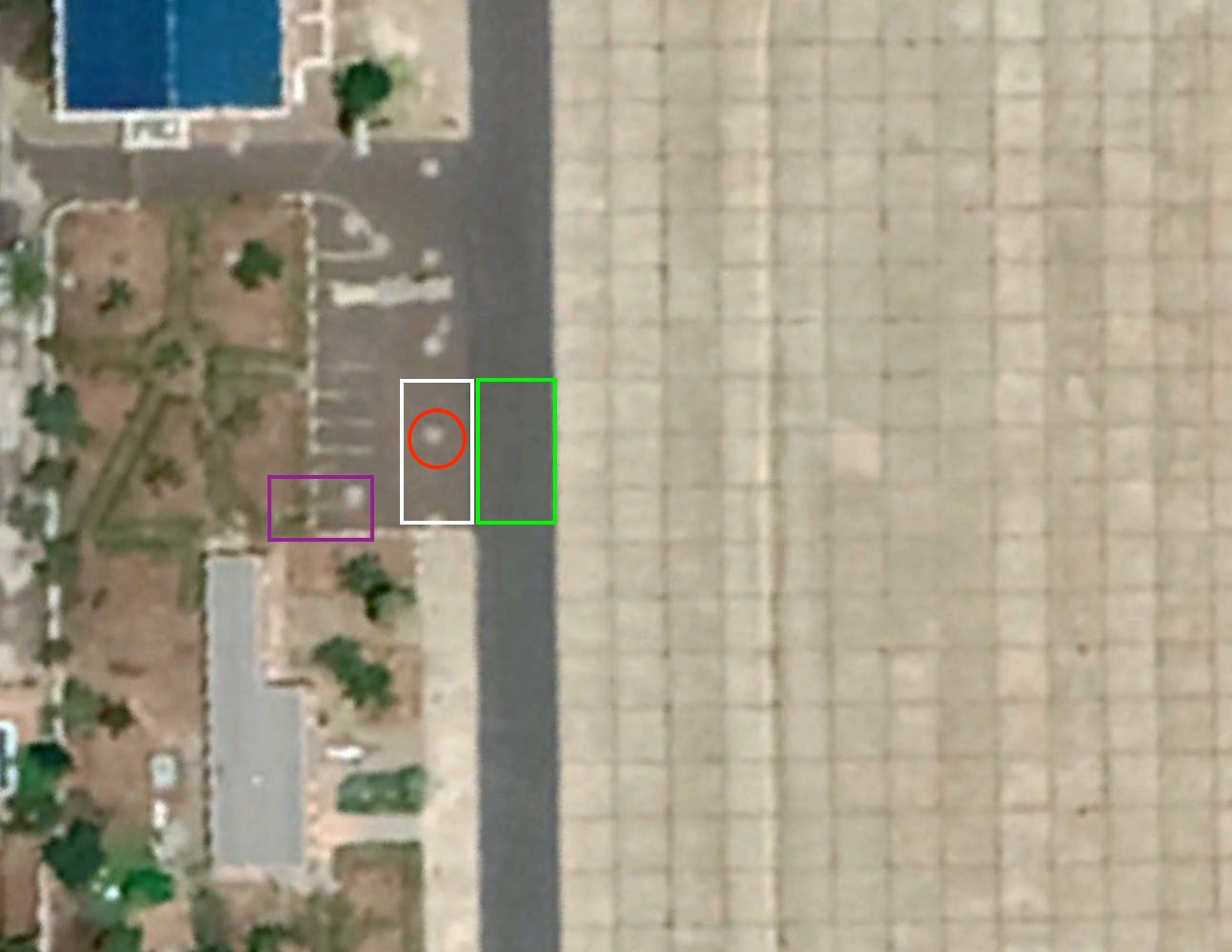

Based on the length and angle of the shadows in the pictures, they were likely taken during an afternoon in early November – perhaps on November 13, the date the first photo was posted to Facebook.
While those two pictures do not show the soldiers actually inside the Ethiopian Airlines aircraft, others do. The first soldier, in particular, posted several photos of the aircraft loaded with troops in full camouflage:

While the final destinations of the two soldiers are unknown, they likely didn’t end their trip in Gondar, somewhat removed from the war. A commenter on the first soldier’s picture suggested his unit ended up in Mekelle, in the heart of the fighting.

But regardless of their final destinations, the two elite soldiers have been busy since the photos of them on and near the Ethiopian Airlines flights were taken. The first soldier initially went radio silent, with no posts for exactly five months – between November 13, 2020 and April 13, 2021. During that time, he evidently had a brush with death, as commenters were thankful that he was alive at all when he returned:

Since his return, he posted pictures of himself at military airfields and lauding the offensive against Tigrayan forces (in addition to normal posts about friends, family, and so on).
The second soldier experienced no such disappearance. If he faced his own mortality after he stepped off the flight to Gondar Airport, he certainly didn’t post about it. Instead, his posts focused on his martial character, with pictures of him aiming his rifle, taking a selfie inside an armored vehicle, and striking a tough-guy pose in full gear.


Both soldiers continue to post about the conflict and their participation in it up to the time of writing (August 2021).
As the public social media images show, Ethiopian Airlines’ involvement in bringing these soldiers to the front lines is clear. Despite being a commercial carrier that flies to 139 locations worldwide, maintains a fleet of 130 aircraft, and participates in Star Alliance with the likes of United Airlines, Lufthansa, and Air Canada, Ethiopian Airlines also exists to serve the ends of the Ethiopian government, up to and including moving troops to fight the government’s wars.
When the paratroopers stepped off the flight at Lalibela Airport in June, they may have been afraid, unsure of what trials and tribulations lay ahead of them. No such confusion existed for Ethiopian Airlines, who had sent before and would again send soldiers to do battle in Tigray.
